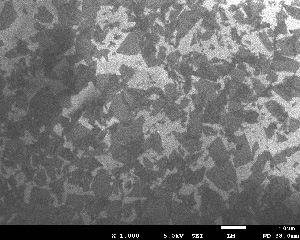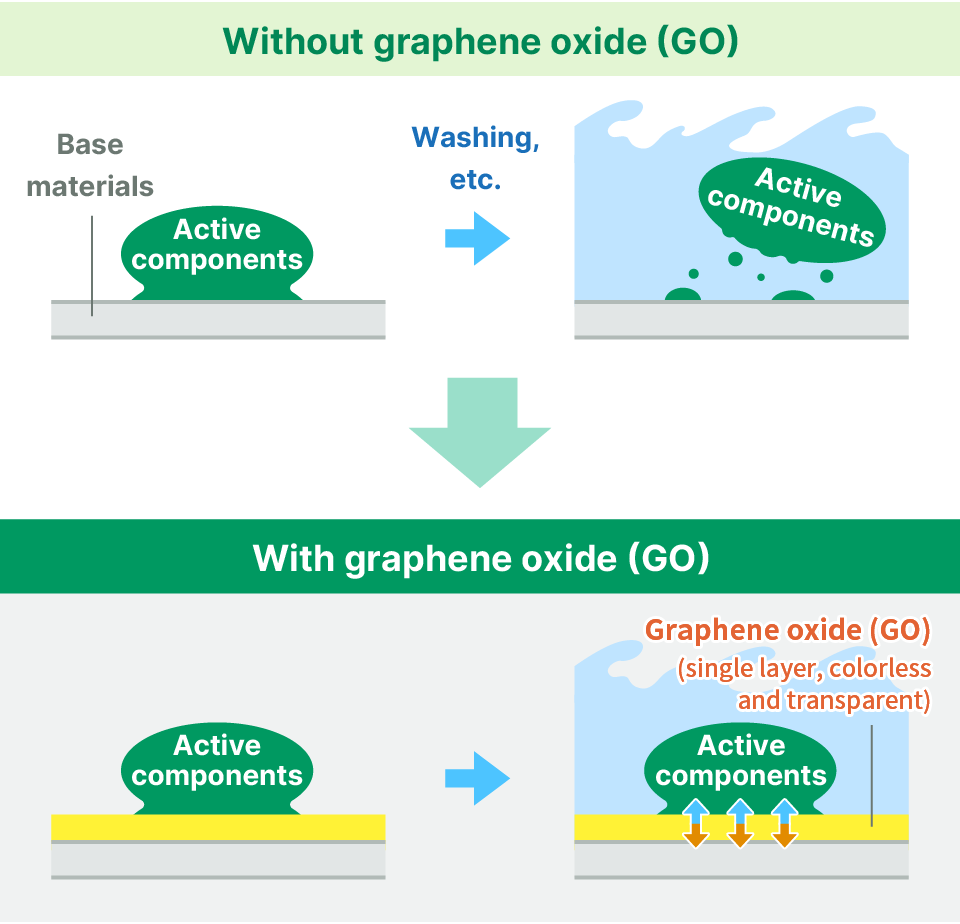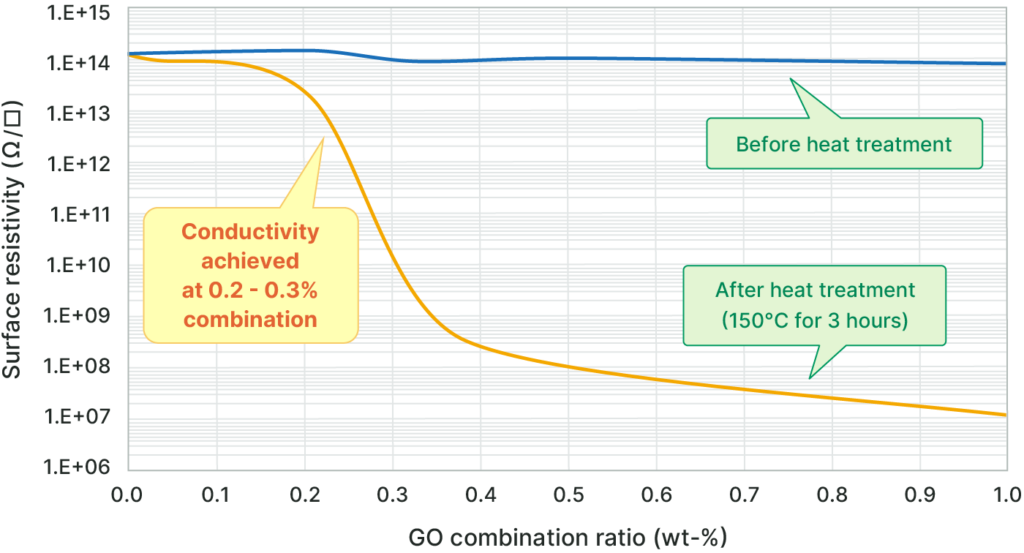In development Examples of Applications
- Main Applications
Scaffolding materials (Primers), Heat-conductivity materials, Antibacterial and antiviral materials, Electronic information materials, Transparent conductive films, Water treatment films, Sporting goods, Battery materials, Conductive ink, Lubricants, Aerospace materials, Biosensor materials, Millimeter-wave absorbing materials, etc.
Example of Use 1 : Scaffolding material that binds base materials with various active components
Forms a thin film of graphene oxide on base materials (metals, resins, glass, etc.) on which the user wants to retain active components, as well as creates composites of the active components to enable coatings, etc. even of pharmaceuticals that are difficult to retain on base materials (see the figure below).
Graphene oxide thin film is a single-layer membrane (see figure on the right) that is colorless and transparent.
This means the colors of the base materials are not diminished, and the active components can be retained.
Graphene oxide has an abundance of oxygen-functional groups with varying reactivity and interaction effects, which enables it to interact with a wide range of active components.

*Refer to the news release
Development of an antibacterial and antiviral graphene oxide composite membrane with high water resistance – Inactivating various bacteria and viruses including SARS-CoV-2, to improve wet area sanitation –

Example of Use 2 : Conductive coating film
A film is formed by adding a small amount of graphene oxide (GO) to water-based paints and coatings. When heat treated, the graphene oxide (GO) becomes reduced graphene oxide (RGO) with high dispersibility, from which it is possible to obtain conductive coating film.
The diagram below shows electrical conductivity, even at a low concentration from around 0.2%.
The high aspect ratio of graphene oxide enables conductive paths to form in resins, with just a small amount added.
